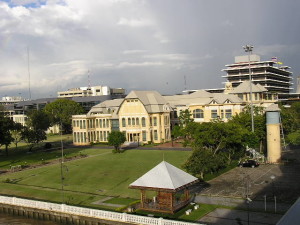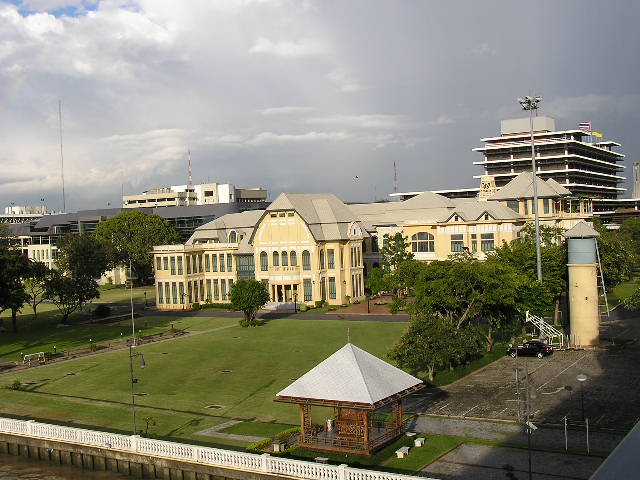 The central banks of Malaysia and Thailand have agreed to use their local currencies when engaging in cross-border trade and direct investment to promote bilateral cooperation and lower their risk of exposure to global market shocks.
The central banks of Malaysia and Thailand have agreed to use their local currencies when engaging in cross-border trade and direct investment to promote bilateral cooperation and lower their risk of exposure to global market shocks.
In an official release, Bank Negara Malaysia (BNM) said it signed a memorandum of understanding (MOU) with the Bank of Thailand (BOT) on August 27 to promote the use of their local currencies in bilateral transactions.
The MOU aimed at spurring bilateral trade and investment flows between Malaysia and Thailand was signed by BNM Governor Dr. Zeti Akhtar Aziz and Dr. Prasarn Trairatvorakul, BOT governor.
“The MOU signifies the central banks’ efforts to promote the use of Malaysian ringgit and Thai baht by the private sector to settle cross-border trades and direct investment. This arrangement would reduce the risks of exposure to the volatility of global settlement currencies and also to lower transaction costs for businesses,” said an official release from BNM.
“The establishment of this framework will pave the way for greater financial and economic integration in the ASEAN region. This bilateral arrangement would further strengthen trade and investments flows between Malaysia and Thailand as well as in fostering closer economic linkages for the advancement of the region,” said Zeti.
Prasarn said, “This bilateral arrangement marks an important milestone in supporting our commitment to promote the use of local currencies for trade and investment settlement among our ASEAN community. I believe this would further strengthen cooperation as well as boost economic and investment development in the region.”
Malaysian investments stage modest rise
Meanwhile, Malaysia saw a modest growth of investments in the first half of 2015 with new approved direct investments totaling MYR113.5 billion (US$26.9 billion) from MYR112 billion in the corresponding period of 2014.
“Investor confidence sustained Malaysia’s growth as total investments realised to date under the RMK10 period was RM813.5 billion, exceeding the plan’s target of RM740 billion, despite the slower growth of private investment (3.9%) in the second quarter of 2015 as announced by Bank Negara recently,” said Minister of International Trade and Industry Mustapa Mohamed.
The services sector accounted for the largest share of total investments, contributing 54.4% or MYR61.7 billion, followed by the manufacturing sector with investments of MYR49.5 billion or 43.6%, while the primary sector contributed the remaining approved investments of MYR2.3 billion (2%).
“Malaysia’s economy has done fairly well. This demonstrates continued investor confidence in the Government of Malaysia. This is also testament to Malaysia’s structural economic fundamentals, which underscores the resilience of the country’s economy, especially when one considers the challenges we face with external headwinds, the drop in oil prices and the rise of the US dollar,” Mustapa said.
Total investments approved are for 2,487 projects and are expected to generate about 101,780 job opportunities, many of which will be in high technology and high value-added industries. The services sector continue to account for the largest share of total potential employment in the economy with 60,750 job opportunities or 59.7% of the total, followed by the manufacturing sector with 39,990 job opportunities (39.3%) and primary sector with 1,040 employment opportunities (1%).
Photo: ScorpianPK





